Market Trends
Introduction
As we enter the year 2024, the Aseptic Packaging Market is poised for substantial growth, driven by a confluence of major macroeconomic factors, such as technological advancements, regulatory pressures, and changes in consumer behavior. Aseptic packaging is a vital part of the food and beverage industry, as it ensures the safety and shelf-life of food and beverage products. Aseptic packaging is a relatively new concept, with its roots in the pharmaceutical industry, but it has quickly gained in popularity, mainly due to the advent of retort drinks. The changing preferences of consumers towards convenience and healthy products have also led to a change in the packaging requirements, which is making it necessary for the players in the market to adapt quickly. Aseptic packaging has the potential to become a new trend in the food and beverage industry, and is gaining importance as a result of technological developments and regulatory pressures. Hence, it is important for the players in the market to understand these trends, as they not only influence their operational strategies but also help them to gain a competitive advantage in a rapidly evolving market landscape.
Top Trends
-
Sustainability Initiatives
The demand for sustainable packaging solutions is growing. Tetra Pak, for example, has committed to using only green energy by 2030. Also, governments are imposing stricter rules on the use of plastic waste, which is causing a shift towards biodegradable materials. In 2024, 60% of consumers will prefer brands that place the environment at the forefront, and this will influence their buying decisions. This trend is driving innovations in materials and processes, which will create a more sustainable packaging landscape. -
Smart Packaging Technologies
The introduction of IoT and smart technology in aseptic packaging is on the rise, which will improve traceability and the involvement of consumers. The use of QR codes and NFCs is also growing. A recent survey shows that 45 per cent of consumers are willing to pay more for products in smart packaging. It is expected that this trend will lead to greater efficiency in the supply chain and less food waste. -
Increased Demand for Plant-Based Materials
Demand for natural products is increasing. Industry leaders are investing in the development of alternatives to synthetic polymers. It is estimated that the use of plant-based materials will increase by 25% by 2025. This change is based not only on the needs of consumers, but also on the requirements of the international sustainable development goals. It will affect the entire production process and the supply chain. -
Expansion of Aseptic Packaging Applications
Beyond the food and beverage industries, aseptic packaging is increasingly being used for pharmaceuticals and personal care products. The diversification of aseptic applications is being aided by the growing demand for shelf-stable products in emerging markets. By 2024, the pharmaceutical industry is expected to account for 15 per cent of the aseptic packaging market, driving innovation and changes in the way production is done. -
Regulatory Compliance and Safety Standards
The aseptic packaging industry is being reshaped by stricter regulatory frameworks, with governments imposing higher safety standards. This is of crucial importance for companies operating in this field, as failure to comply with these regulations can lead to significant fines. In 2024, some 70% of companies will have increased their investment in quality control measures in order to meet these regulations, which will have an impact on operating costs and the time taken to develop new products. -
Growth of E-commerce and Direct-to-Consumer Sales
The development of e-commerce has led to a need for aseptic packaging solutions to ensure product quality during transport. The demand for long-lasting packaging has increased by 30 per cent. This trend is reshaping the logistics and distribution strategies, and it requires a greater investment in packaging technology and materials. -
Focus on Cost-Effective Solutions
Companies are concentrating on the lowering of costs, and are looking to optimize their production processes. The lowering of costs in terms of automation and sourcing of materials is a result of innovations in automation and sourcing. In 2024, 55% of industry leaders will say that cost reduction is the key driver of their technology choices, which affect their strategies and positioning in the market. -
Customization and Personalization Trends
Brands are increasingly demanding bespoke packaging solutions as they seek to differentiate themselves in a crowded market. Customized packaging has become a key driver of this trend, with 40% of consumers preferring a bespoke design. This trend is driving innovation in the design and production of packaging and has a major impact on inventory management and marketing strategies. -
Advancements in Barrier Technologies
Barriers of the latest generation increase the stability and shelf life of aseptic products. Companies are developing new barrier materials and advanced coatings to offer greater protection against contamination. By 2024, it is estimated that half of all producers will have adopted these technologies, which will improve the quality of the products and reduce the spoilage rate, which is essential for maintaining the trust of consumers. -
Collaboration and Partnerships
In recent years, strategic alliances between packaging manufacturers and food producers, aimed at developing new solutions, have become more common. The exchange of information and the sharing of resources are facilitated by these alliances. In fact, 35% of companies are reporting an increase in their collaboration. This trend is expected to accelerate product development cycles and thus improve responsiveness to the market.
Conclusion: Navigating Aseptic Packaging's Competitive Landscape
The aseptic packaging market will be characterized by intense competition and a significant fragmentation, where both established and new players compete for market share. The regional trends show an increased demand for sustainable packaging solutions, which forces the players to be more inventive and adapt their products. The established players will use their established distribution channels and brand loyalty, while the new players will rely on agility and new technology. The main market leaders will be the ones who master the key capabilities of artificial intelligence-driven analysis, automation of production processes and a focus on sustainability. Strategic investments in flexibility and technology are therefore crucial for companies to seize emerging opportunities and adapt to changing consumer needs.

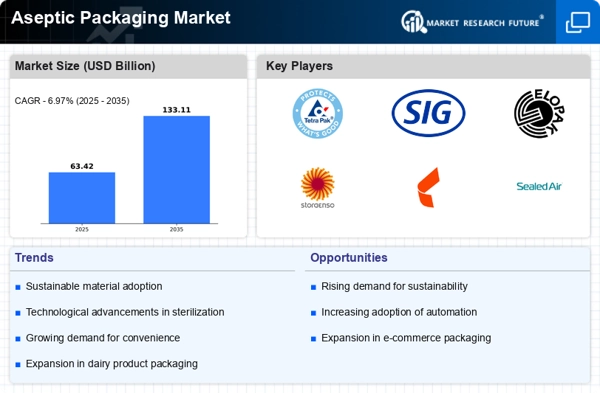
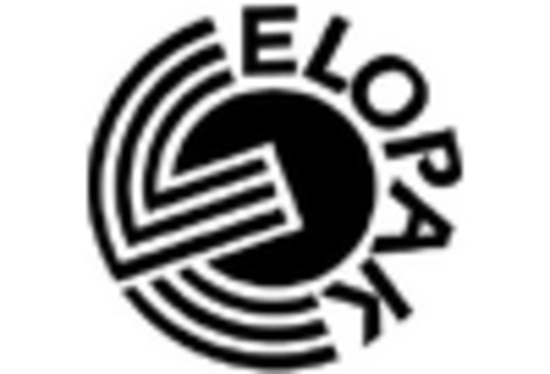

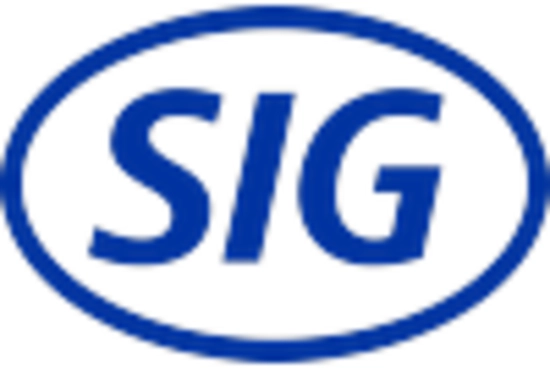
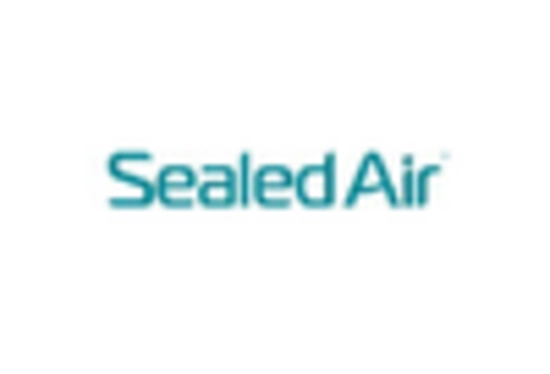
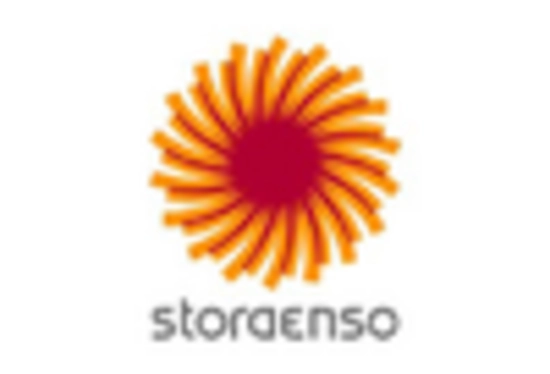
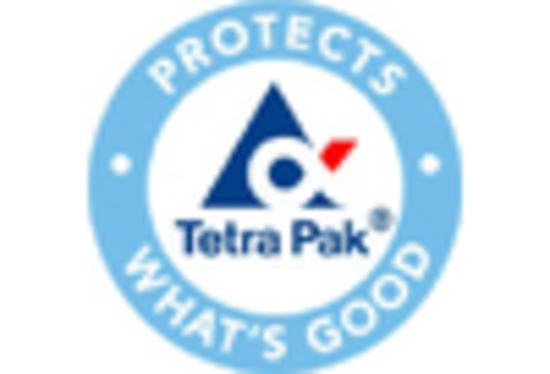









Leave a Comment